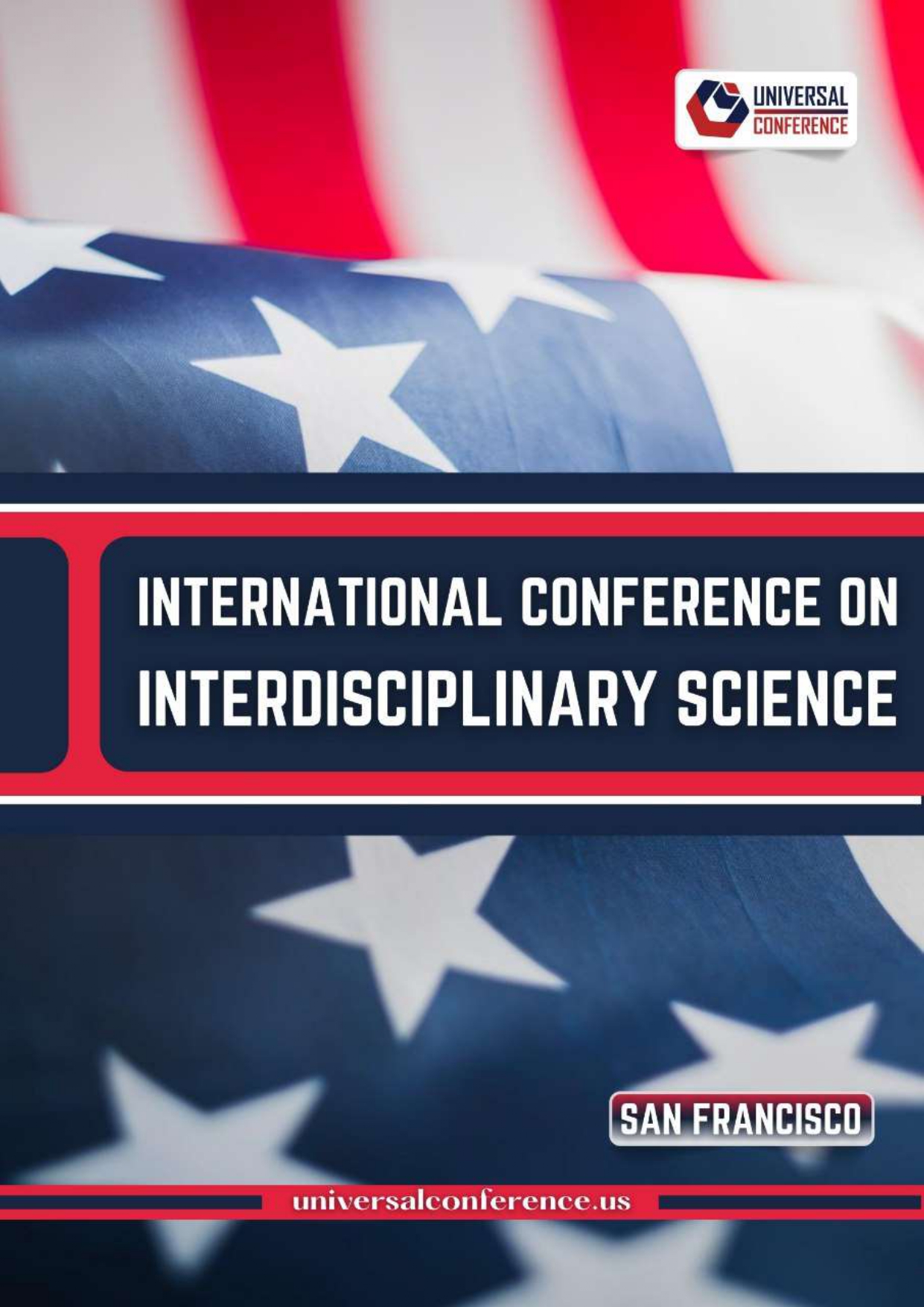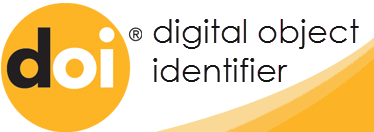SUN’IY INTELLEKT YORDAMIDA TRANSPORT TIRBANDLIKLARINI PROGNOZLASH VA EKOLOGIK XAVFLARNI KAMAYTIRISH IMKONIYATLARI
Abstract
Transport tirbandliklari va ekologik xavflarni prognozlash masalalari bugungi kunda global miqyosda dolzarb ahamiyatga ega. O'zbekistonda, xususan Toshkent shahrida, aholi sonining ortishi, transport infratuzilmasining yuksak yuklanishi va avtomobil trafikining tez sur'atlar bilan oshishi natijasida transport tirbandliklari muammosi yanada dolzarb bo'lib bormoqda. BMTning 2022 yilgi ma'lumotlariga ko'ra, shahar aholisining 55 foizi transport tizimlaridan foydalanadi, bu esa tirbandliklarni yanada kuchaytiradi va iqtisodiy samaradorlikka salbiy ta'sir ko'rsatadi.
References
1. Aliev, A., & Abdurakhmonov, A. (2021). Intelligent Transportation Systems: Prospects for Development in Urban Areas of Uzbekistan. Journal of Urban Transportation, 8(2), 45-58. https://doi.org/10.1016/j.jutrans.2021.04.003
2. BMT (2022). Sustainable Development Goals: Urban Transport and Climate Change. United Nations. Retrieved from https://www.un.org/sustainabledevelopment/sustainable-transport/
3. Gafurov, M., & Mirzaev, A. (2022). The Impact of Traffic Congestion on Urban Air Quality: A Case Study of Tashkent City. Environmental Science and Pollution Research, 29(15), 22103-22115. https://doi.org/10.1007/s11356-021-01455-
4. Khan, M. A., & Kim, J. (2020). Big Data Analytics and Artificial Intelligence in Transportation: A Review. Journal of Traffic and Transportation Engineering, 7(3), 243-259. https://doi.org/10.1016/j.jtte.2020.03.
5. O‘zbekiston Respublikasi Transport Vazirligi (2021). O‘zbekiston Transport Tizimining Rivojlanish Strategiyasi. Transport Strategiyasi. Tashkent: Transport Vazirligi.
6. Pirogov, S. V., & Ivanova, T. N. (2022). Smart Transport Systems: Innovations and Developments in Urban Mobility. International Journal of Transportation Science and Technology, 11(2), 115-126. https://doi.org/10.1016/j.ijtst.2022.03.
7. World Health Organization (WHO). (2021). Air Quality and Health. Retrieved from https://www.who.int/news-room/fact-sheets/detail/air-quality-and-
8. Zokirov, A. (2023). Assessing the Economic Impact of Traffic Congestion in Tashkent: A Data-Driven Approach. Journal of Urban Economics, 25(1), 67-80. https://doi.org/10.1016/j.jue.2023.01.
9. Zafarov, S., & Yusupov, I. (2021). The Role of Artificial Intelligence in Traffic Management: Case Study of Tashkent. IEEE Transactions on Intelligent Transportation Systems, 22(9), 5401-5409. https://doi.org/10.1109/TITS.2021.
10. Zuniga, J. J., & Ceballos, R. (2020). Traffic Congestion Mitigation and Environmental Sustainability: A Review of Literature. Sustainable Cities and Society, 52, 101855. https://doi.org/10.1016/j.scs.2019.101855







